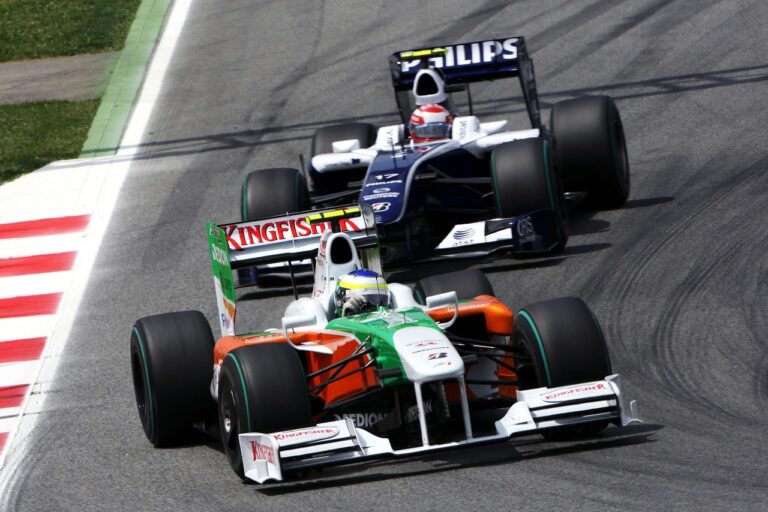The Influence of IPL on Cricket Umpiring Standards
99 Exchange Bet, MazaplayUmpiring in IPL matches presents a multitude of challenges that require quick thinking and sound judgment from officials. With the fast-paced nature of T20 cricket, umpires must stay alert and make split-second decisions on various aspects of the game. From close LBW calls to determining the legitimacy of catches, the pressure on umpires to make accurate calls is immense.
Moreover, the intensity of IPL matches adds another layer of complexity for umpires, as players and spectators alike scrutinize every decision made on the field. The need to maintain neutrality and fairness amidst the charged atmosphere of IPL games requires a high level of mental resilience from the officials. Additionally, dealing with player confrontations and managing emotions on the field further adds to the challenges faced by umpires in IPL matches.
Evolution of Umpiring Techniques in T20 Cricket
Umpiring techniques in T20 cricket have undergone significant evolution over the years to keep pace with the fast-paced nature of the game. With matches intensifying in the shortest format of the sport, umpires are constantly challenged to make split-second decisions accurately.
The advent of technology, such as the Decision Review System (DRS) and Hawk-Eye technology, has played a crucial role in assisting umpires in making their decisions more precise and reliable. These tools have not only helped in reducing errors but have also added a layer of transparency to the decision-making process, enhancing the overall integrity of the game.
• Umpires now have access to real-time ball-tracking technology, which helps them in making LBW decisions with more accuracy.
• The introduction of third umpire referrals for close calls has reduced the margin of error in decision-making during T20 matches.
• Slow-motion replays and ultra-edge technology have enabled umpires to make better judgments on catches and edges, ensuring fair play.
Impact of Technology on Umpiring Decisions in IPL
The introduction of technology in umpiring decisions has significantly altered the landscape of IPL matches. The implementation of tools like the Decision Review System (DRS) and ball-tracking technology has provided more accurate and fair outcomes. Umpires now have access to instant replays and scientific aids to make crucial decisions, resulting in a higher level of precision on the field.
While the integration of technology has brought about more objective rulings, it has also led to debates regarding the human element of the game. Critics argue that the reliance on software-driven decisions could diminish the umpire’s role in the game and take away the essence of on-field judgment calls. However, supporters contend that technological advancements have minimized errors and enhanced the overall integrity of IPL matches, ensuring fairness and transparency in crucial game-changing moments.
How has technology affected umpiring decisions in IPL matches?
Technology such as the Decision Review System (DRS) has helped in making more accurate decisions by allowing umpires to review close calls.
What are some of the challenges faced by umpires in IPL matches?
Umpires in IPL matches often face challenges such as pressure from players and fans, making split-second decisions, and dealing with the fast pace of T20 cricket.
How has the evolution of umpiring techniques in T20 cricket impacted the game?
The evolution of umpiring techniques in T20 cricket has led to more efficient decision-making processes and improved overall fairness in the game.
What role does technology play in aiding umpires in making decisions in IPL matches?
Technology such as ball-tracking and ultra-motion cameras help umpires in making more accurate decisions by providing them with additional tools for assessing close calls.
Are umpires in IPL matches fully reliant on technology for making decisions?
While technology plays a significant role in aiding umpires, they still rely on their judgment and experience to make decisions on the field.







